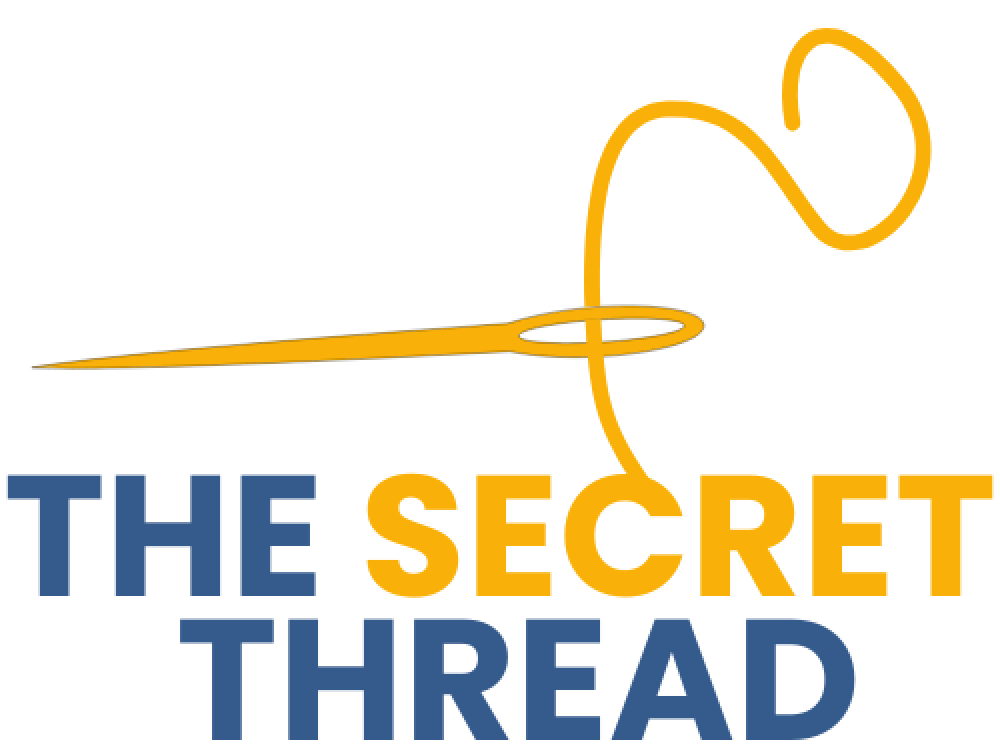- The Secret Thread
- Posts
- This 30-Minute Exercise Could Fix the Real Reason You’re Burned Out
This 30-Minute Exercise Could Fix the Real Reason You’re Burned Out
A simple 4-step conversation to surface hidden dependencies, build trust, and start designing a team that runs without you.


Story
Stop Earning Your Seat. Start Designing the Table.

photo from unsplash.com
For high-performing leaders, there's a loop that plays on repeat: "I have to earn my seat at the table — every day." You show up early, over-function, and take on more than your share. You jump in to fix what’s broken, smooth over what’s tense, and prove your worth by outworking everyone. And at some point, that stops being sustainable.
In a recent survey of 200 C-suite leaders, this theme showed up again and again. One executive said, “I’m still trying to prove I deserve this role, so I end up doing things my team should be doing.” That hits deep. It’s not about incompetence or insecurity — it’s about identity. Somewhere along the way, performance became the pathway to belonging.
But here’s the truth: that mindset doesn’t scale. It isolates you. It turns leadership into a one-man show. And the better you are at the hustle, the more dependent your organization becomes on your hustle. You become the ceiling.
That’s where this week’s Slow Change shift begins: what if your job isn’t to keep earning your seat — but to design the table?
Designing the table means building a structure that holds — one with clear trust rules, shared ownership, and room for collective intelligence. It’s a shift from being the hero to becoming the architect. It’s not about being the answer; it’s about creating systems where answers emerge — even when you’re not in the room.
This is Layer Three of the Resilience Stack: structural resilience. And it only works when you’ve done the narrative and ownership work that comes first. But once you get here? You stop being the bottleneck. You become the builder of legacy.
Deep Dive
Two Beliefs That Quietly Kill Leadership Capacity
Let’s talk about two beliefs that look like leadership — but actually erode it. They came up over and over again in our survey of 200 high-level leaders, from Fortune 50 execs to bootstrapped founders. They’re subtle. They’re rewarded. And they’re deadly to team resilience.
Belief #1: “If I own it all, I’m leading.”
This is the hero script in disguise. You jump in, take responsibility, and solve problems before anyone else can. You feel noble. Necessary. Indispensable.
But owning everything is not the same as leading. It makes you the point of failure. It keeps your team dependent. And it usually stems from a fear that letting go means losing value. One exec told us, “If I don’t catch the problem early, I feel like I’m not doing my job.” But that’s not leadership — that’s survival mode.
Real leaders name what’s theirs — and then teach others to carry what’s theirs too. That’s radical self-ownership. Not control, but clarity.
Belief #2: “I need to know everything.”
Early in your career, this might’ve worked. You got rewarded for being the one with the answer. But at higher levels, this belief turns you into a bottleneck. Your team starts waiting on your insight. Your curiosity fades. You become the source of certainty — and the death of innovation.
The strongest leaders we surveyed didn’t hoard knowledge. They created spaces where not knowing was safe. One said, “My biggest shift was admitting I didn’t have to be the smartest — I had to be the most curious.”
These two beliefs keep you in performance mode. They make you earn your seat over and over again. But leadership isn’t about proving your value — it’s about multiplying it. That’s the move from surviving to designing.
Putting Into Practice
Design Over Heroics
We talk a lot about Slow Change. Now let’s act on it. If you want to move from performance to structural leadership, here are five practical ways to get started this week:
1. Stop jumping in. Start designing forward.
Instead of jumping in to fix something, pause and ask: “What would need to be true for this problem not to land on me next time?” That’s design thinking. That’s how systems grow.
2. Narrate your process, not just your decisions.
When you decide something, don’t just tell your team the outcome. Walk them through the why. Use a whiteboard, a shared doc, or even a quick Loom video. This builds shared thinking, not just compliance.
3. Turn delegation into ownership.
Delegating tasks isn’t the same as building ownership. Ask: “What does success look like to you?” or “What’s your plan for checking in?” Let them design their approach — and support them when they wobble.
4. Normalize “I don’t know.”
Try this: in your next meeting, say, “I don’t have the full answer. What’s your read?” See what emerges. Not knowing out loud builds capacity faster than always pretending to know.
5. Audit your role.
Print your calendar. Scan your inbox. Ask: Where am I holding what should have a system? Where is there no process — just me? Then ask what you can build to shift that.
Designing leadership doesn’t happen overnight. But each time you pause the heroic response and choose to build instead, you shift the story — from survival to sustainability.
Updates
Try This With Your Team
This week, don’t just reflect — invite your team into the work. Here’s a simple, powerful exercise to move from heroic leadership to shared ownership:
The Bottleneck Audit
Schedule 30–45 minutes with your core team. Open with this prompt:
“Let’s take a look at where I might be a bottleneck — not because I’m trying to control, but because we haven’t built the systems yet to share the load.”
Step 1: Ask These Questions (and listen without defending):
Where do things slow down when I’m out of office?
What decisions or approvals do we always wait on me for?
Where could we build more clarity so others can act without checking in?
Step 2: Map the Patterns
Use a whiteboard or shared doc to note repeating themes — approvals, communication gaps, undefined ownership, etc.
Step 3: Design Together
For each pattern, ask:
What process or expectation could replace my involvement?
Who’s ready to own more? What support do they need?
What trust loop needs to be built?
Step 4: Follow Up
Choose one bottleneck to shift this week. Make the change visible. Let the team see how leadership design is an ongoing, shared process.
This exercise builds transparency, trust, and systems — the building blocks of structural resilience. And it signals something important to your team: you’re not here to be the hero. You’re here to help everyone rise.
Content Updates
Stay Connected
2 new Podcast Episodes of Mission Driven You (1 with a guest)
Stay connected on Instagram @willsamsonchangecoach
Want to bring The Anti-Hack Framework to your team or executive cohort?
Subscribe at drwillsamson.substack.com or share this with a colleague.
You're not meant to build this alone. And you don’t have to.
—Will
I am a real person and I’ll respond to this email; Respond With which rhythm you will implement into your life.